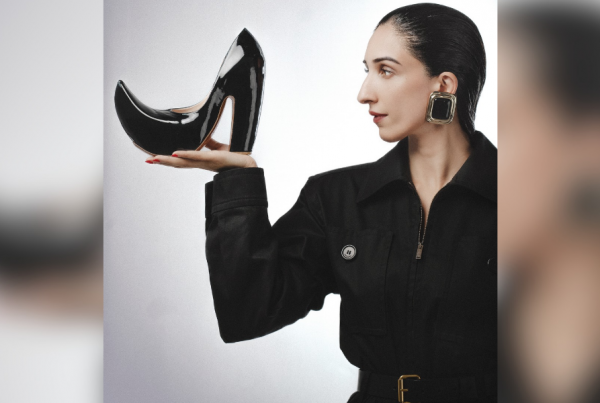Fashion Pakistan Week SS 2016 was a messy cross between a government funded trade show and high-end fashion event.
Fashion Pakistan Week Spring/Summer 2016, held in Karachi last weekend, was an extremely mixed bag.
The three-day showcase proved that FPW16, a platform now in its eighth year, still hasn’t been able to find the structure, stability and standard for it to qualify as an established event. Blame that impression on the daily delays, ugly spaces, designers pulling out at the last minute, others managing only 4-outfit capsule collections, pools of mediocre models and a general lack of oomph. Each day was a confusing mix of high fashion, high street, accessory, textile and students all under one umbrella. This would not work anywhere else in the world, where different fashion weeks are directed at different genres of fashion, attracting relevant buyers and media. What brings it all together is a certain wow factor, which was sadly missing.
There were several strong brands in the FPW2016 lineup that had the name and reputation to impress. Generation, featuring Khadija Rehman’s fashion week debut, was so fantastic that it blew everyone out of the water. Hats off to her! Wardha Saleem brought craft into the limelight, showcasing a collection that was smart, innovative and international. Gulabo showed the best of street wear and Deepak Perwani brought the political and smart Fix It collection back on the catwalk in continuation of what he showed in Lahore.

Gulabo by Maheen Khan
Huma and Amir Adnan showed their strongest ready to wear collections to date and Zaheer Abbas, showcasing pristine whites was good enough to be pre-booked by local retailers immediately after the show. Sonya Battla’s conceptual showcase flaunted some very talented students and Zainab Chottani played with denim – one of the strongest textiles exported from Pakistan. Nauman Arfeen’s collection, albeit more suited to autumn, was fun to watch. Ayesha Farooq Hashwani and Nida Azwer are all fashion-savvy names and while their collections were not perfect, they did add value to the days they showed. Shamaeel, who presented the grand finale, gave her fans a heady dose of the grand opulence they are already addicted to.
A handful of good collections was not enough to support a three-day event.

Generation
Not all of collections shown at fashion week were great; most bordered on mediocre and mundane but at least the effort of putting out full collections had been made and at the end of the day we know that mediocrity often sells more than excellence.
On the downside, the trends show was a lazy and unnecessary effort that made no sense at all. Hair and beauty trend shows make sense; fashion capsules do not. Four outfits simply cannot project and boost trends.

Iman Ali for Zainab Chottani
The Bank Alfalah Rising Talent initiative is another segment that now needs to stand on its own feet instead of wedging itself in as part of fashion week. Why would the media and buyers, looking for trends, retail possibilities and business options, be interested in viewing thesis collections season after season? I’ve written extensively about this noble cause taken up by Bank Alfalah but it’s time it evolved. Students and embryo designers should be given the tools (funds and mentors) to develop successful businesses and they should be broken away from fashion week and onto an independent platform until they are ready to show collections that they can retail. The Millennial Show that FPW hosted at the IVSAA a couple of seasons ago was a great idea; Bank Alfalah should look on those lines.
Moving on, lawn shows don’t belong at fashion weeks unless they are segmented or until lawn brands work with fashion designers and show fashion forward, ready to wear collections. Jafferjees for example, is a leather accessory brand but has become relevant and is very welcome at fashion week due to its stylish synergy with Wardha Saleem.

Jafferjees styled by Wardha Saleem and Nubain Ali
“We cannot say no to retailers or textile brands, for example, because these are people with the business structure and production capacity,†Wardha Saleem, CEO of Fashion Pakistan explained when we asked. “They are all making ready to wear and they insist on being part of the mainstream shows.†What they obviously don’t understand is that they would get better mileage if they weren’t competing with high-end fashion brands in the same stretch.
At the end of the day, FPW16 was an event that took two steps back from the progress they had managed to attain in the last two seasons. It just didn’t have the look, feel and glamour of a fashion event and that can be blamed on sponsors who ran their advertisements ad nauseum, TDAP that brought in 700 (official figure) trade delegates, the bumpy red carpet and main show area and most significantly content, that just didn’t deliver as well as it should have. All that combined to make FPW look like a glorified government function instead of a savvy fashion event. Looks like it’s back to the drawing board, once again!
(This article was first published in Instep, The News)
– All photography by Tapu Javeri





